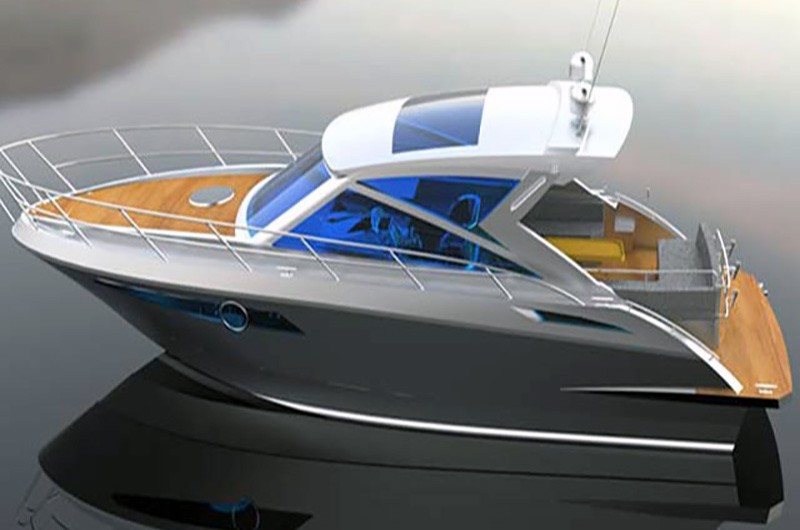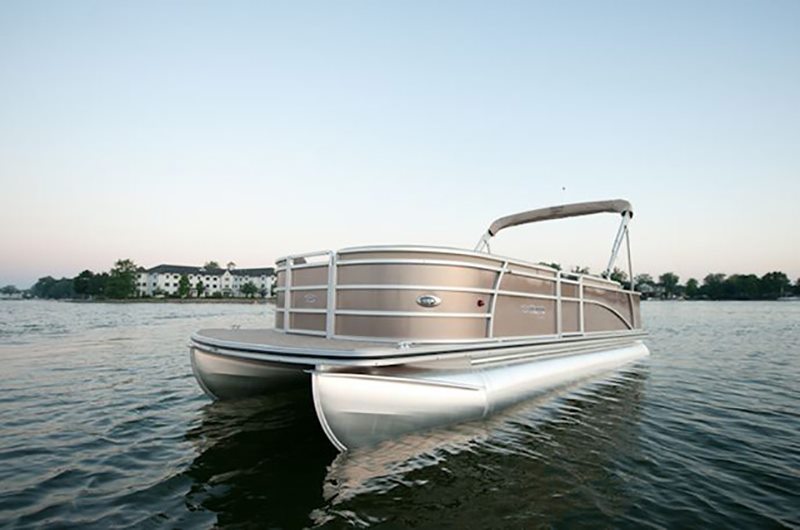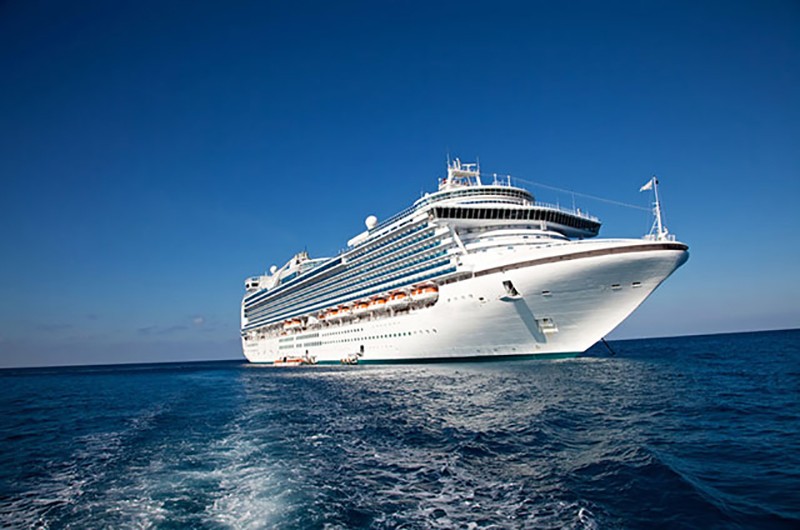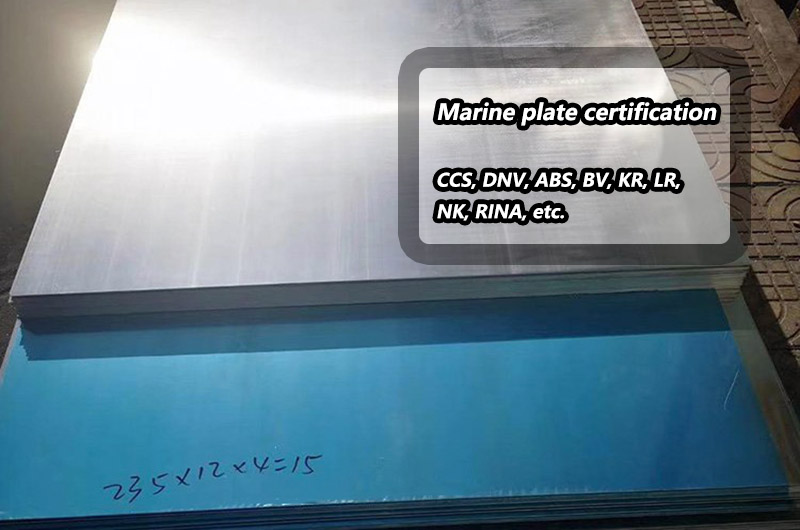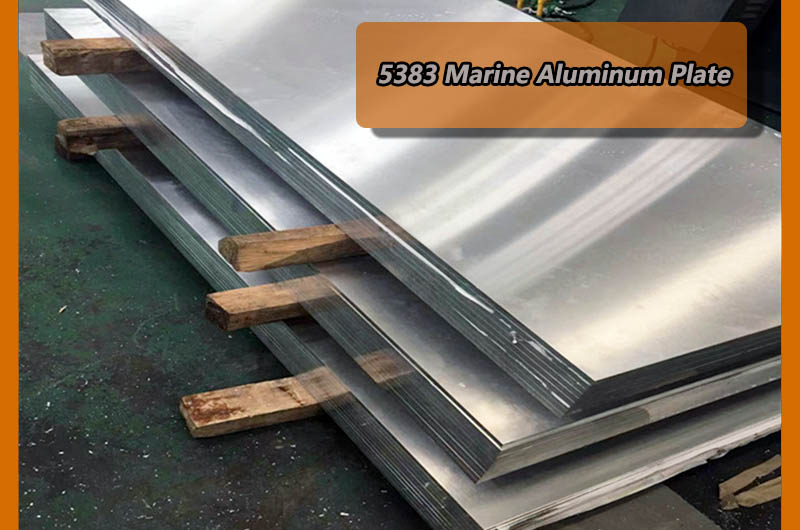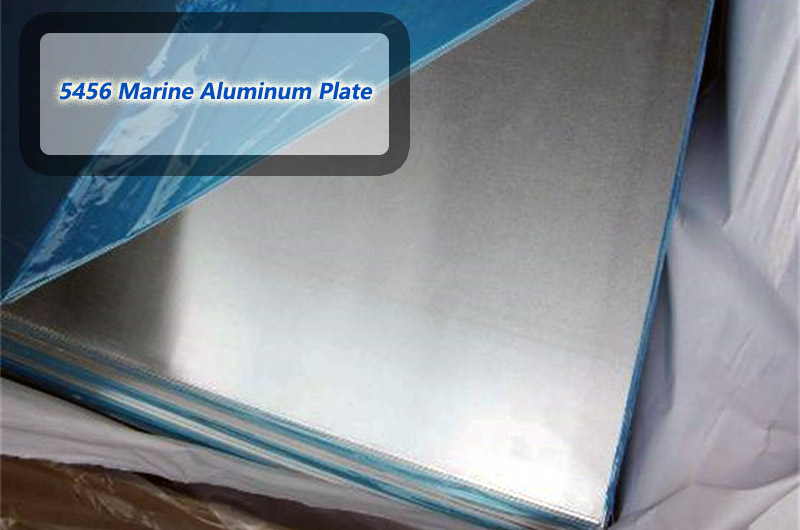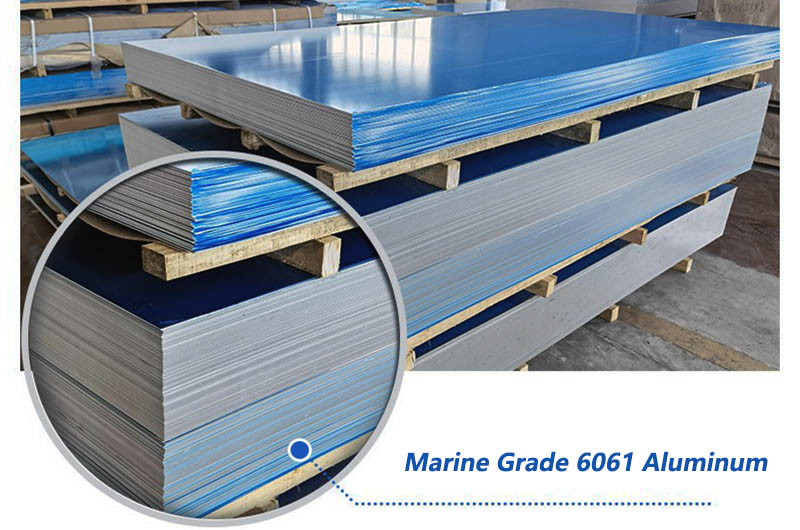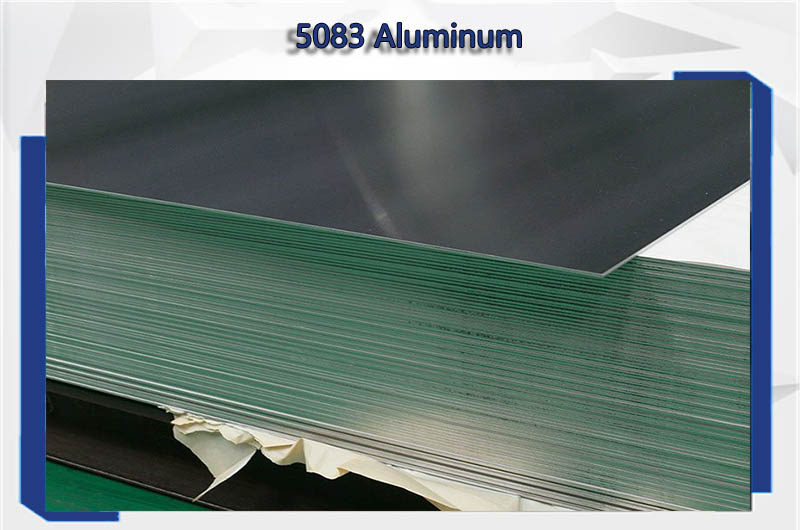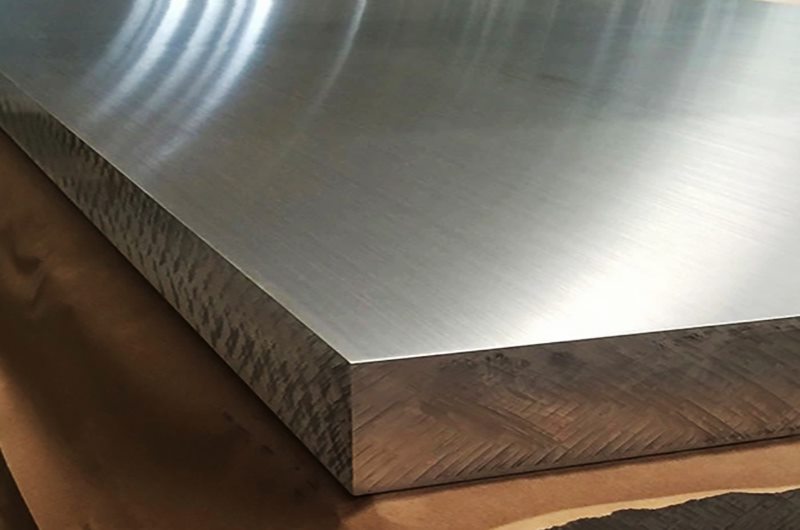- Aluminum plate for ship deck features
- Main Types of Aluminum Deck Plates
- Specification of Aluminium Deck Plate
Ship decks often require the use of materials with good strength, corrosion resistance and lightweight properties.
The deck is an important structural part of the hull, used to seal the space inside the ship and layer it horizontally. The deck is divided into upper, middle and lower parts. The deck plays an important role in ensuring the strength and sinking resistance of the hull, and also provides the layout of various cabins and mechanical equipment.
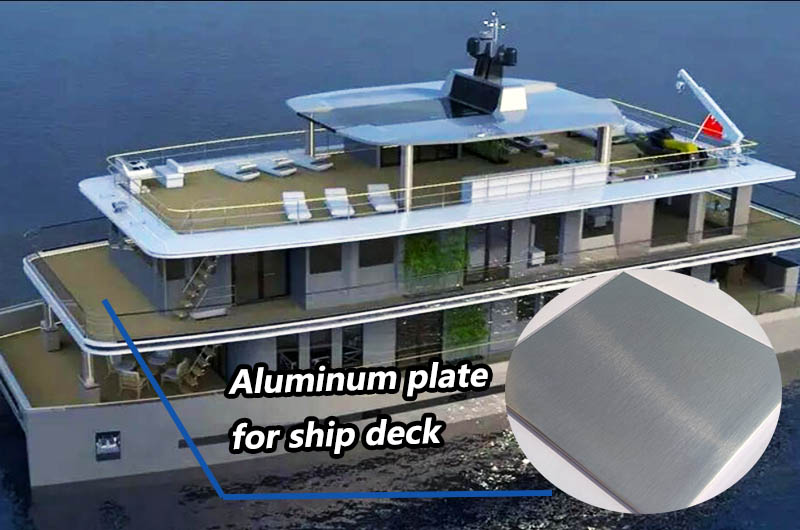
Aluminum plates for ship decks are one of the key components of ship structures. Their selection and use have an important impact on the performance, safety and overall economic benefits of the ship. When designing and building ships, material strength, weight, corrosion resistance, processability, and more need to be considered.
Aluminum plate for ship deck features
1. Lightweight
Aluminum is a lightweight metal with a relatively low density of approximately 2.7g/cm³. This property makes aluminum an ideal material for ship decking, as the overall weight of the ship has a direct impact on fuel efficiency and shipping costs. Lightweight allows ships to be more efficient in terms of buoyancy and propulsion.
2. Corrosion resistance
In the marine environment, ship decks are often affected by corrosion factors such as sea water and salt spray. Aluminum has excellent corrosion resistance, especially in seawater. This allows aluminum to maintain a long service life in ocean navigation and reduce the frequency of maintenance and repairs.
3. Strength
Although aluminum is relatively light, alloying can significantly increase its strength. Ship decks require sufficient strength to cope with the complex mechanical challenges in the offshore environment, such as wind, waves and hull twisting. 5083 and 5086 aluminum alloys are often chosen for ship decking because of their good strength and toughness.
4. Processability
Aluminum is easy to machine and form, allowing designers to achieve more complex and detailed structures. This feature helps produce more designed and efficient ship decks. Aluminum materials with good processability can also reduce manufacturing costs and improve production efficiency.
5. Recyclability
Aluminum is a recyclable material that meets the requirements of modern society for environmental protection and sustainable development. Recyclability means that aluminum materials can be reused after the ship is scrapped, reducing the demand for natural resources and helping to reduce the environmental burden.
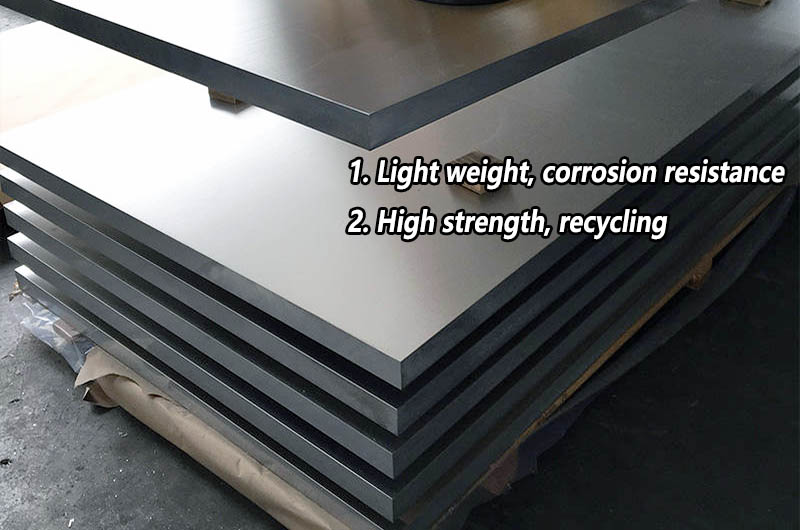
Main Types of Aluminum Deck Plates
5083 aluminum plates for ship decks
5083 aluminum alloy is an aluminum alloy commonly used in ship decks. It has good corrosion resistance and is especially suitable for marine environments. 5083 alloy has high strength and excellent welding properties, making the manufacturing of ship structures more flexible.
5086 aluminum plates for ship decks
Similar to 5083, 5086 aluminum alloy is also an aluminum alloy commonly used in ship decks. It has high strength, excellent corrosion resistance, and is relatively lightweight. 5086 alloy is suitable for ships that have high requirements for structural strength, and its processing properties also make the manufacturing process more convenient.
In addition to 5083 and 5086, there are a number of other aluminum alloys that can be used in ship decks, depending on specific design requirements and performance standards. Common choices include 6061 and 6063 aluminum alloys, which offer certain advantages in strength, corrosion resistance and processability.
The selection of aluminum plates for ship decks requires a balance between lightweight, strength, corrosion resistance, workability and other aspects.
Specification of Aluminium Deck Plate
The thickness of the marine deck is determined by the hull structure, ship specifications and usage parts. From the perspective of lightweighting the hull, thin plates are generally used as much as possible. However, the corrosion depth of the plates during use also takes into account the use time. The commonly used plates are 1.6 mm.
In order to reduce welding, 2.0m wide aluminum plates are often used. Large ships use 2.5m wide aluminum plates, and the length is generally 6m.
| Alloy | Temper | Thickness(mm) | Width(mm) | Length(mm) |
|---|---|---|---|---|
| 5083 | O, H12, H14, | 3-50 | 20-2600 | 500-16000 |
| H16, H18, H19, | ||||
| H22, H24, H26, | ||||
| H28, H32, H34 | ||||
| H36, H38, H111, | ||||
| H112, H114, H 116, H321 | ||||
| 5086 | O/H111/H112/H116/H321 | 3-50 | ≦3600 | 500-16000 |
When selecting aluminum plates for ship decks, factors such as the type, size, purpose of the ship, and required strength need to be considered. At the same time, the selection of aluminum alloy is also key, because different aluminum alloys have different performance characteristics.
In ship engineering, 5083 and 5086 aluminum alloys are often chosen because of their good corrosion resistance and high strength in seawater environments.
Informations you may be interested in:
- Best aluminum for salt or fresh water
- Best aluminum for marine use
- Aluminum Plate for Yachts Building
- Principles for the selection of aluminum alloy for ships
- LPG natural gas (LNG) transport ship for 5083 aluminum plate
- 9 Advantages Aluminum AlLoy in Ship Applications
- 6 proplems welding of ship aluminum
- How to treat corrosion treatment for boat aluminum plates?
- Temper of marine aluminum alloys
- 5059 O H111 H116 H321 Marine Aluminum Plate Sheet

